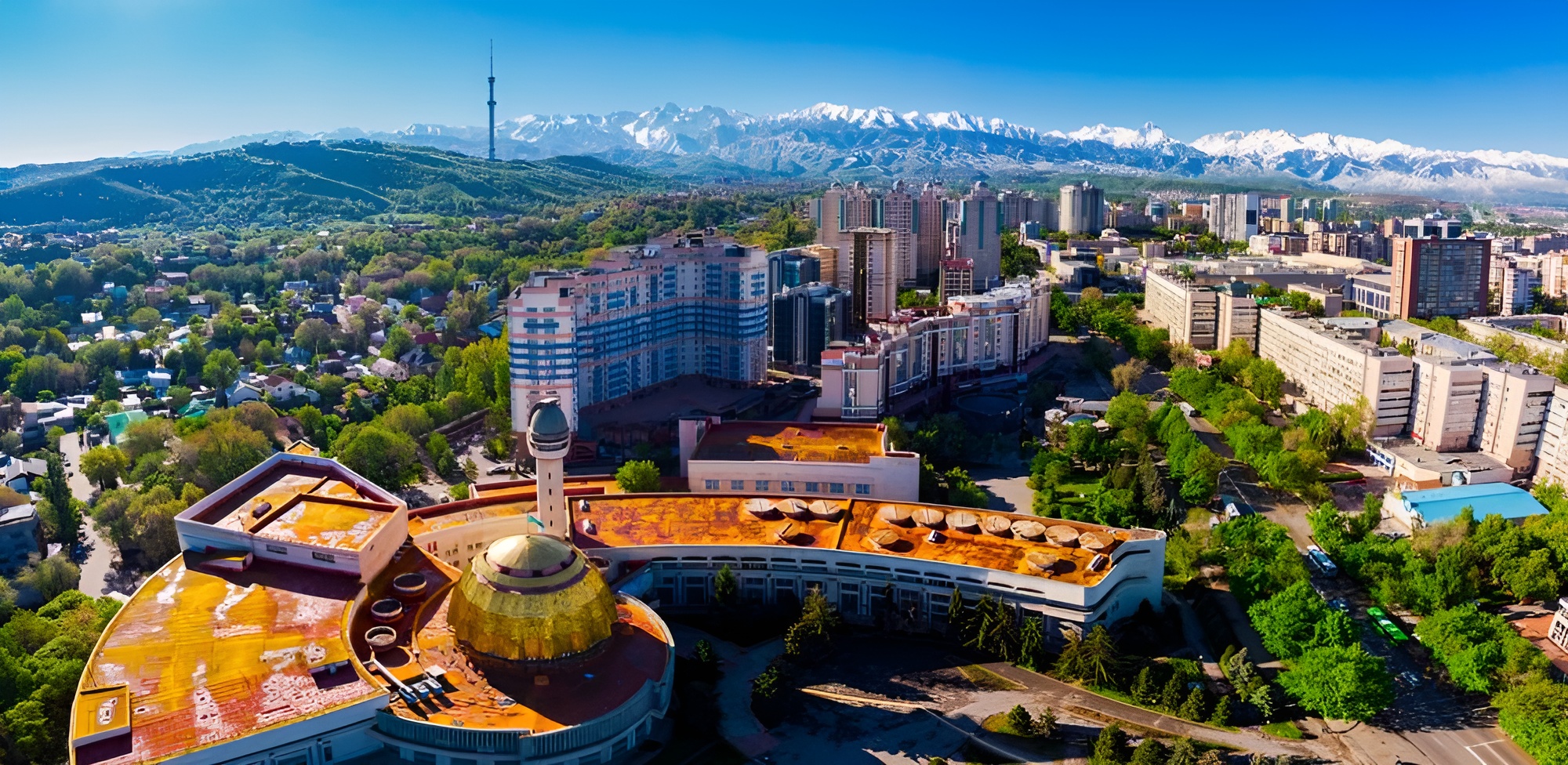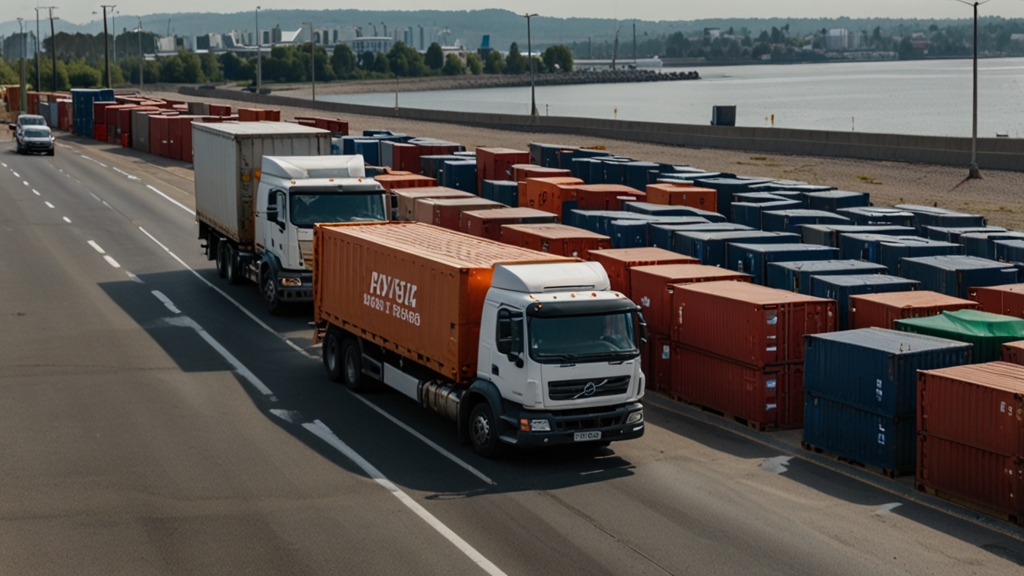In Australia, immigrants have long been regarded as the “most preferable” for years because of its high standard of living, strong economy, and multiculturality. Whether you are a skilled professional looking for career opportunities or a student seeking further education, or even a family who wants to settle in a new country, there are various avenues under Australian immigration that can help you attain your goals. This article will focus on the basic processes and immigration programs that flow individuals through moving to Australia.
Important Immigration Routes
The country has an immigration process with people who can contribute to the economy as well as the entire country. The most prominent routes include:
- Skilled Migration Program This is one of the most popular avenues to Australia for migrant workers qualified in the industry with substantial work experience in specific skills. As a points-based program, applicants will be assessed on grounds such as age, work experience, education, and English proficiency level. Higher scores increase the chances of getting an invitation to apply for a visa. This program has the following main visas:
Skilled Independent Visa, subclass 189: This visa is granted to skilled workers who are not sponsored by an employer or state/territory. Instead of being sponsored, skilled independent visa holders achieve permanent residency and can choose to live anywhere in Australia where they can work.
Skilled Nominated Visa, subclass 190: The application is nominated by a state or territory government and obligates the holders to live and work in that specified area.
Skilled Work Regional Visa (Subclass 491): This is a visa for skilled workers who are ready to live in the regional areas of Australia. It offers a temporary residence for five years and prospects for permanent residence later.
- Family-Sponsored Visas: Australia is a country where family reunification is an important principle followed, and there are several visa options which an Australian citizen or permanent resident can avail in order to bring their family members to Australia. This category includes spouse, partner, parent, and child visas.
- Student Visa (Subclass 500): In respect of outstanding educational institutions, Australia is well-known to be one of the preferred destinations for students from around the world. The student visa allows studying full time in Australia and, under certain circumstances, working part-time during studies.
- Business and Investment Visas: Australia also offers the opportunity of opening up spaces to entrepreneurs and investors through the Business Innovation and Investment Program, subclass 188. This is targeted at those who seek to start up a business or invest in Australia’s economy.
Application Process
- EOI- In the SkillSelect system, an Expression of Interest (EOI) would be lodged so as to get the skilled migration visas. The applicants would include skills, qualifications, and some work experience. The candidates, based on their ranking by the EOI, are invited to apply for a visa from a pool of candidates that have a higher rank.
- Eligibility criteria of a Visa Category: There are eligibility criteria for each category of visa. Using skilled migration as an example, for instance, an applicant should be less than 45 years, hold an occupation on the skilled occupation list, and score points that are more than the threshold. Other general requirements are health and character checks.
- Visa Application: Upon receipt of the invitation, the applicant can apply for the visa. Pre-qualification documentation includes proof of qualification, work experience, language proficiency and police clearance.
- Waiting Period- Most types of visas will take months to more than a year to process. It is during this waiting period that the Department of Home Affairs will have to process the application which also involves conducting background checks.
Advantages of Australian Permanent Residency
A person under permanent residency in Australia enjoys the privilege of living, working, and studying anywhere in the country. Permanent residents can access public healthcare, commonly referred to as Medicare, and other forms of social security. Even more, permanent residents can sponsor family members to visit Australia and live with them provided that they have valid visas issued to their family members. Upon fulfilling the conditions of residence, permanent residents can be granted full citizenship rights. Subsequently, full citizens can vote and use an Australian passport.
Conclusion
The immigration process in Australia is well structured and wide-ranging, providing various channels for applicants depending on their needs, such as work visas for skilled workers, family members, and students. Being a country with a strong economy, a quality lifestyle, and rich opportunities to develop both privately and professionally, Australia still stands out among the favourite destinations for immigrants seeking their new home in other countries. Provided that foreigners strictly follow the immigration procedure and the conditions it prescribes, such people can make a good start to their Australian life.



